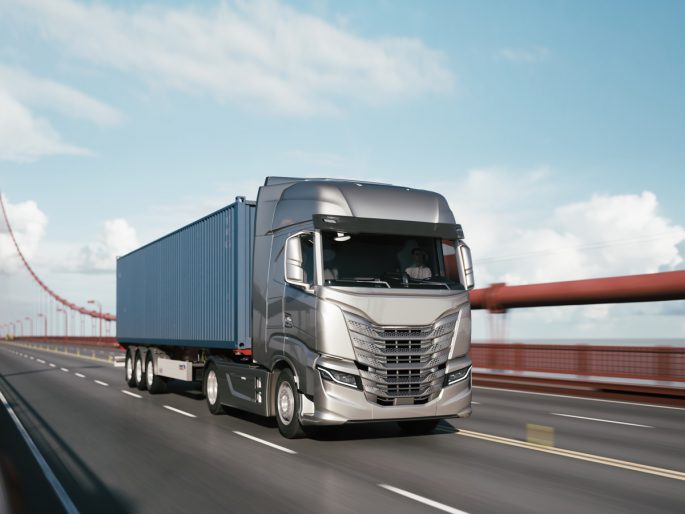Commercial freight transport is a vital component of the U.S. economic engine. But what energy source (or sources) will be used to reduce carbon emissions for the trucking industry in the years ahead is still a bit hazy.
Here’s a look at the primary contenders.
Biodiesel & Renewable Diesel
Pure biodiesel, known as B100, is blended with petroleum diesel to create different concentrations of biodiesel. The most common concentrations are B5 (up to 5% biodiesel) and B20 (6% to 20% biodiesel). Biodiesel blends contain less energy per gallon than petroleum diesel.
Renewable diesel, which is chemically identical to diesel, is similar to biodiesel but it is processed differently. Although production of renewable diesel is expanding, the fuel is currently mostly widely used in California, where the Low Carbon Fuel Standard (LCFS) makes it economically attractive. Learn about biomass-based diesel consumption trends in this Fuels Institute podcast.
Battery-Powered Electric Vehicle
Rechargeable battery-powered heavy-duty trucks still cannot match the range of travel of diesel trucks, and widespread infrastructure is not currently available to support recharging. Compared to diesel engines, EV acceleration is faster and maintenance for EV trucks is expected to be less than what is needed for combustion engine vehicles, which may be an influencing factor for fleet decision makers.
Hydrogen
Hydrogen fuel cells also power electric motors. However this fuel is still in development, and storing it remains a challenge. Travel ranges of up to 750 miles are possible. Nikola Motor Co. announced plans in 2019 to build 700 truck stop-size hydrogen fuel stations in the U.S. and Canada by 2028.
Learn more about these diesel alternatives in Fuels Market News. To learn more about the factors that may influence the adoption of different alternative trucking fuels, see our article in CSP Daily News.




